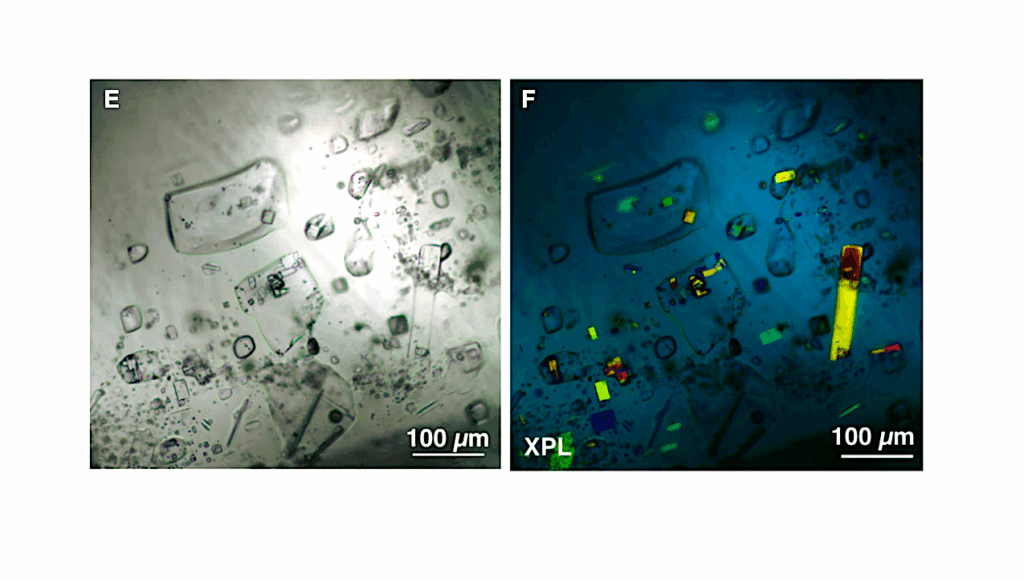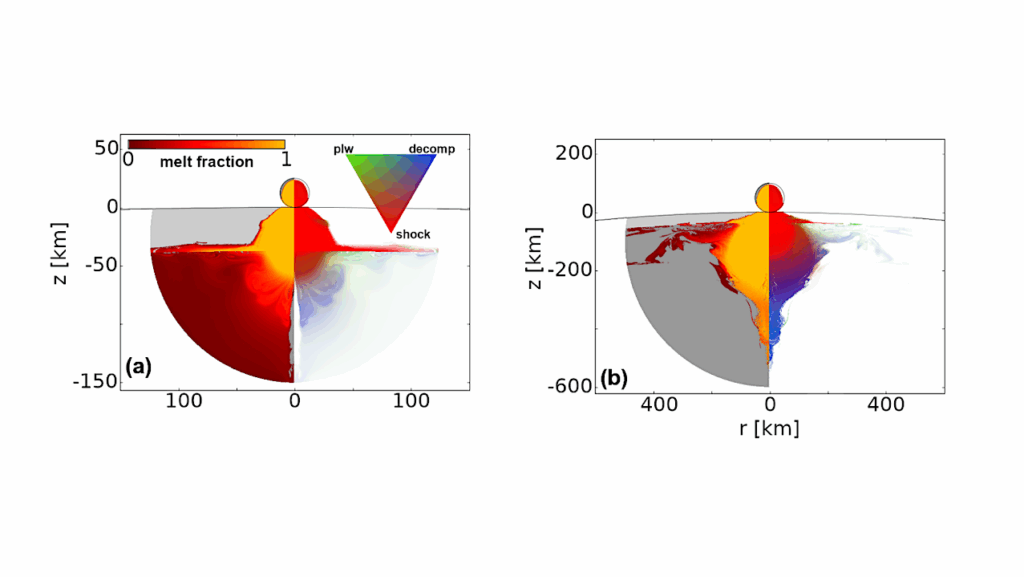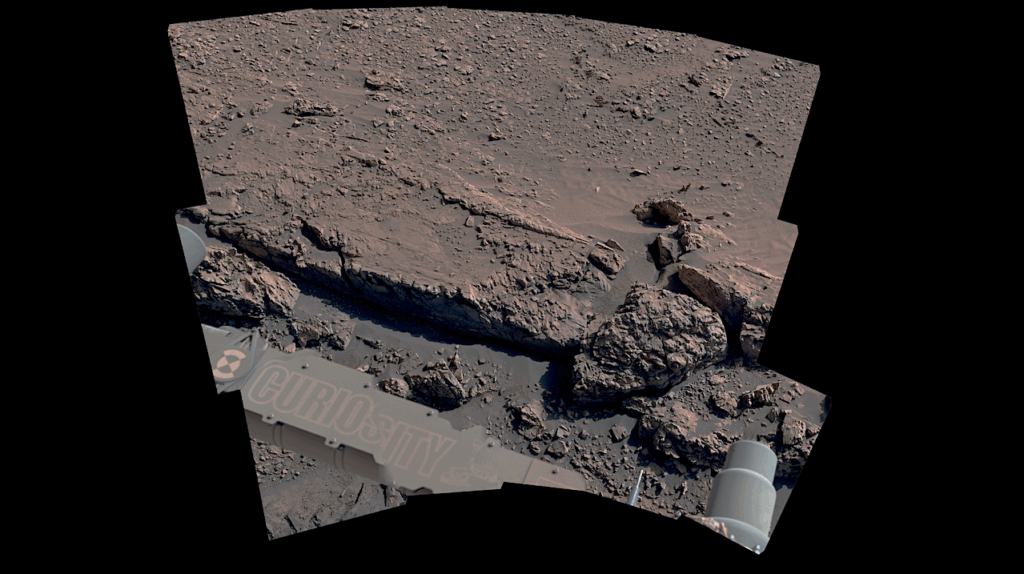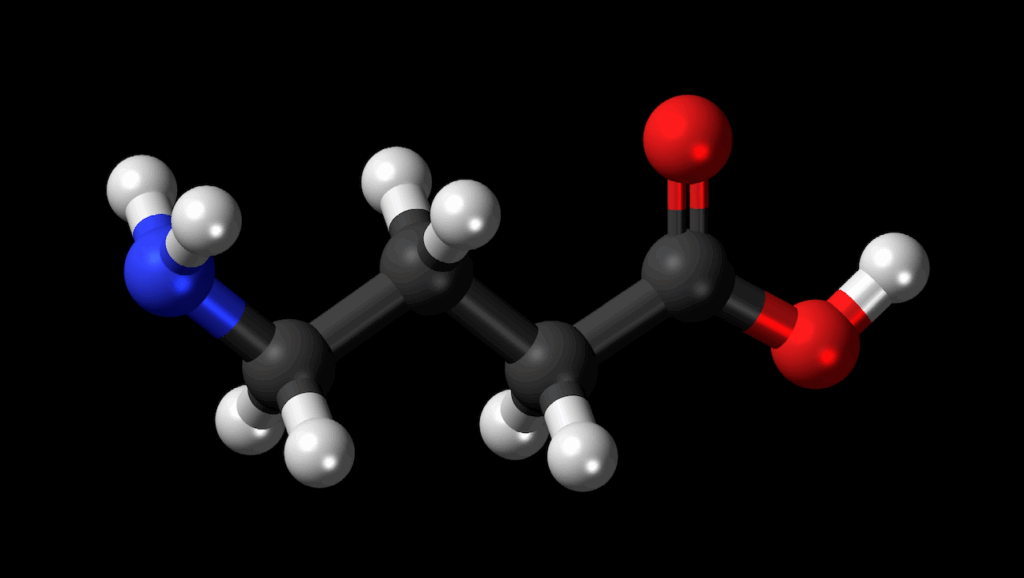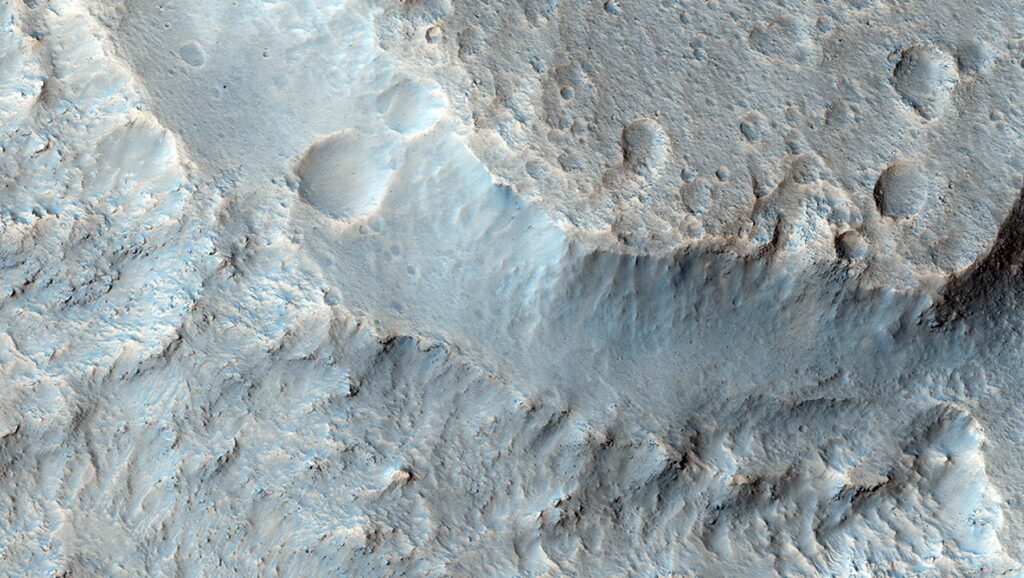Detection and Characterization of Wind-blown Charged Sand Grains on Titan with the DraGMet/EFIELD Experiment on Dragonfly
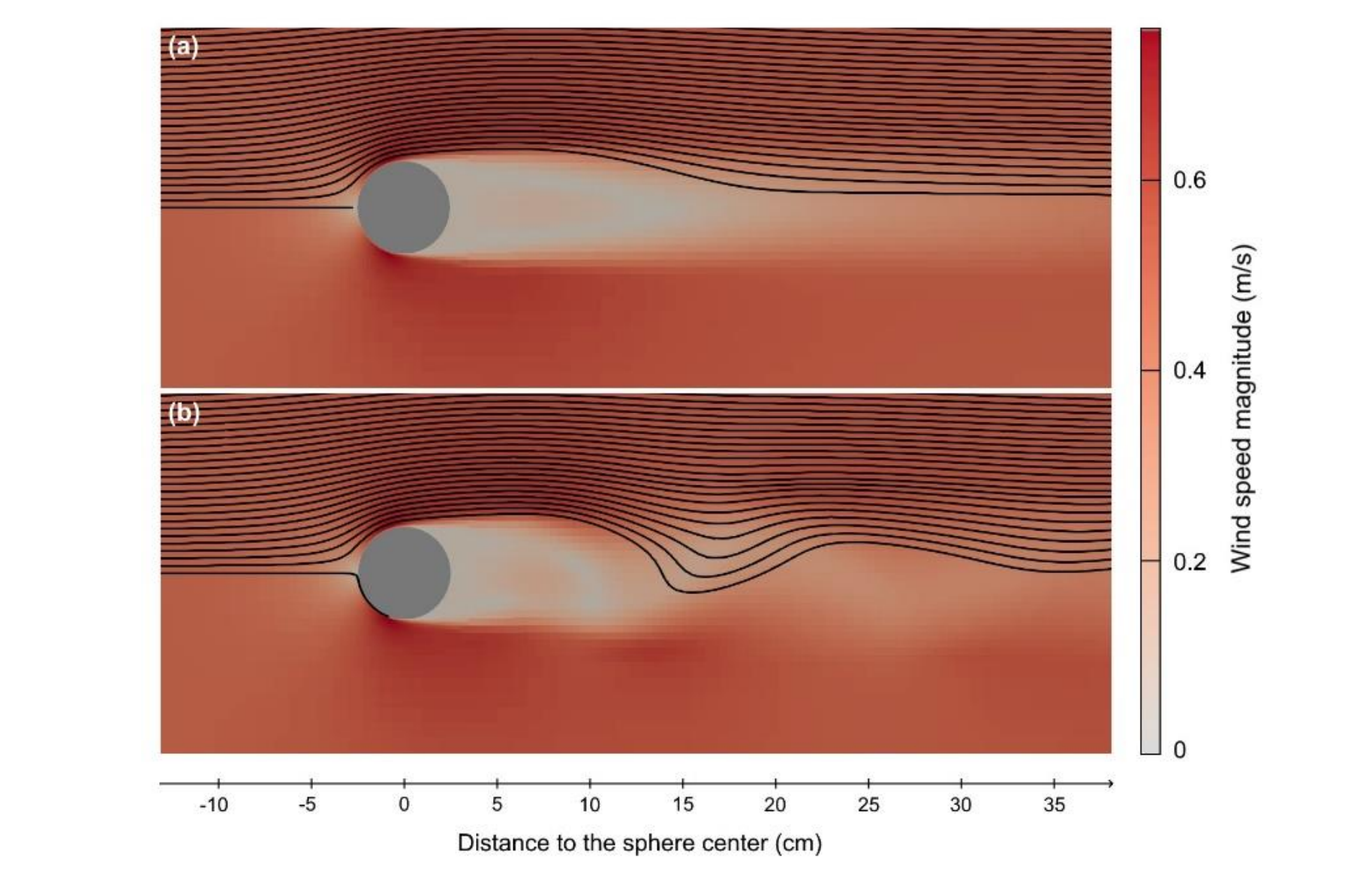
The EFIELD instrument is part of the geophysics and meteorology sensor package DraGMet on the Dragonfly mission, which will explore the surface of Titan in the mid-2030s. EFIELD consists of two electrodes designed to passively record the AC electric field at each landing site.
The exploration zone of Dragonfly will mostly consist of dune fields, covered with sand grains. Little is known on the properties of these grains, although Cassini-Huygens observations suggest they are mostly made of organic material produced by Titan’s atmospheric photochemistry and evolved at the surface. Little is known also about dune formation and in general about the transport of sediments by winds. The latter much depends on inter-particle forces and therefore on how grains are charged by friction. We demonstrate here that the EFIELD experiment can bring new insights on these questions.
We have developed a hydrodynamic-electrostatic model to simulate the trajectory of a wind-blown charged sand grain in the vicinity of an idealized EFIELD probe and to predict how such a grain flying close to the probe would affect its potential. We show that, in some conditions, the resulting perturbation will be strong enough to be detected by the EFIELD probe. More specifically, we find that the detection of typical charged wind-blown grains (200 microns) on Titan requires an instrument standard deviation noise inferior to 1mV, though occasional larger grains flying close to one electrode could be detected with a higher noise level.
Furthermore, we propose a method to retrieve information on the charge and velocity of wind-blown charged grains detected by the EFIELD experiment. This method well applies for cases where the particle trajectory can be regarded as quasi-linear. We validate our inversion approach on both synthetic and experimental data obtained with a laboratory prototype of the EFIELD experiment.
Audrey Chatain, Alice Le Gall, Jean-Jacques Berthelier, Ralph D. Lorenz, Rafik Hassen-Khodja, Jean-Pierre Lebreton, Tom Joly-Jehenne, Grégoire Déprez
Comments: Accepted for publication in Icarus (2 Nov. 2022). Supporting Information, datasets and codes available on Zenodo (DOI: https://doi.org/10.5281/zenodo.7274939)
Subjects: Earth and Planetary Astrophysics (astro-ph.EP); Instrumentation and Methods for Astrophysics (astro-ph.IM)
Cite as: arXiv:2211.01502 [astro-ph.EP] (or arXiv:2211.01502v1 [astro-ph.EP] for this version)
Submission history
From: Audrey Chatain Dr
[v1] Wed, 2 Nov 2022 22:11:21 UTC (3,146 KB)
https://arxiv.org/abs/2211.01502
Astrobiology


